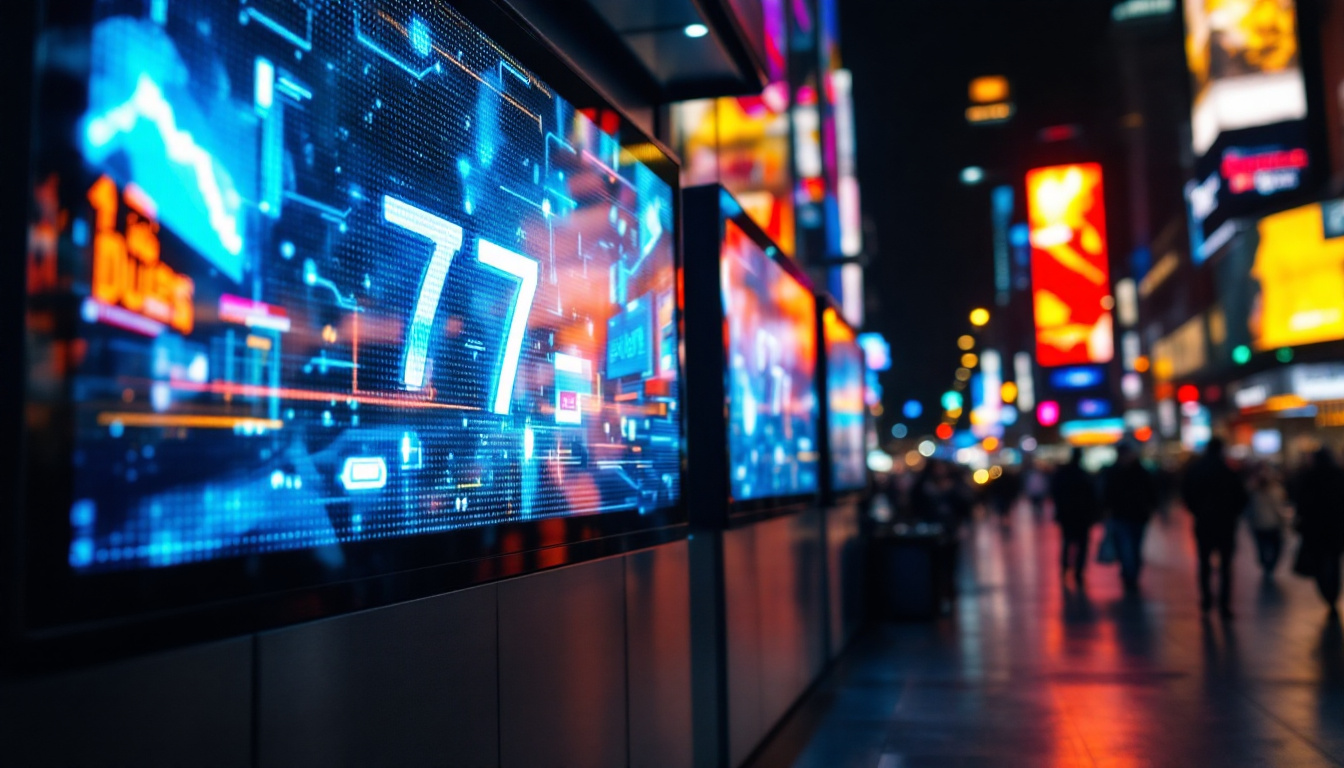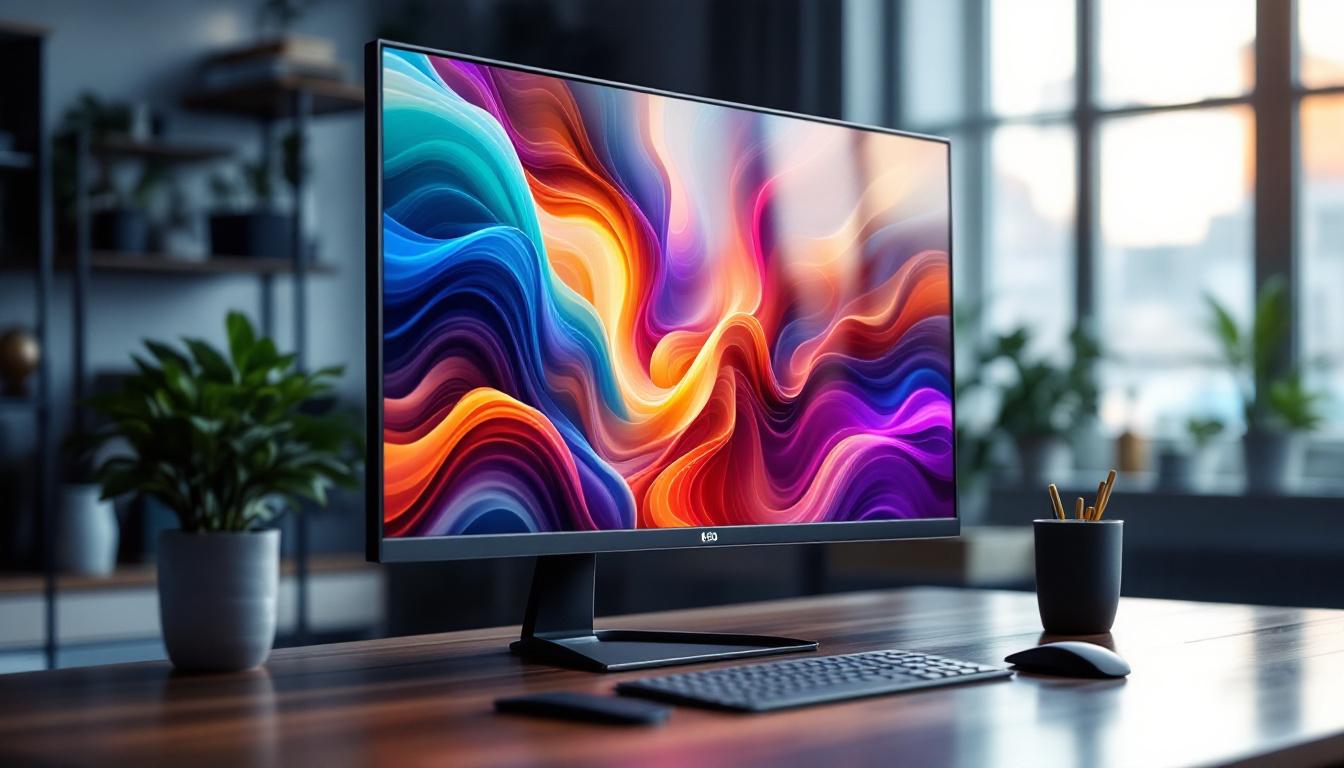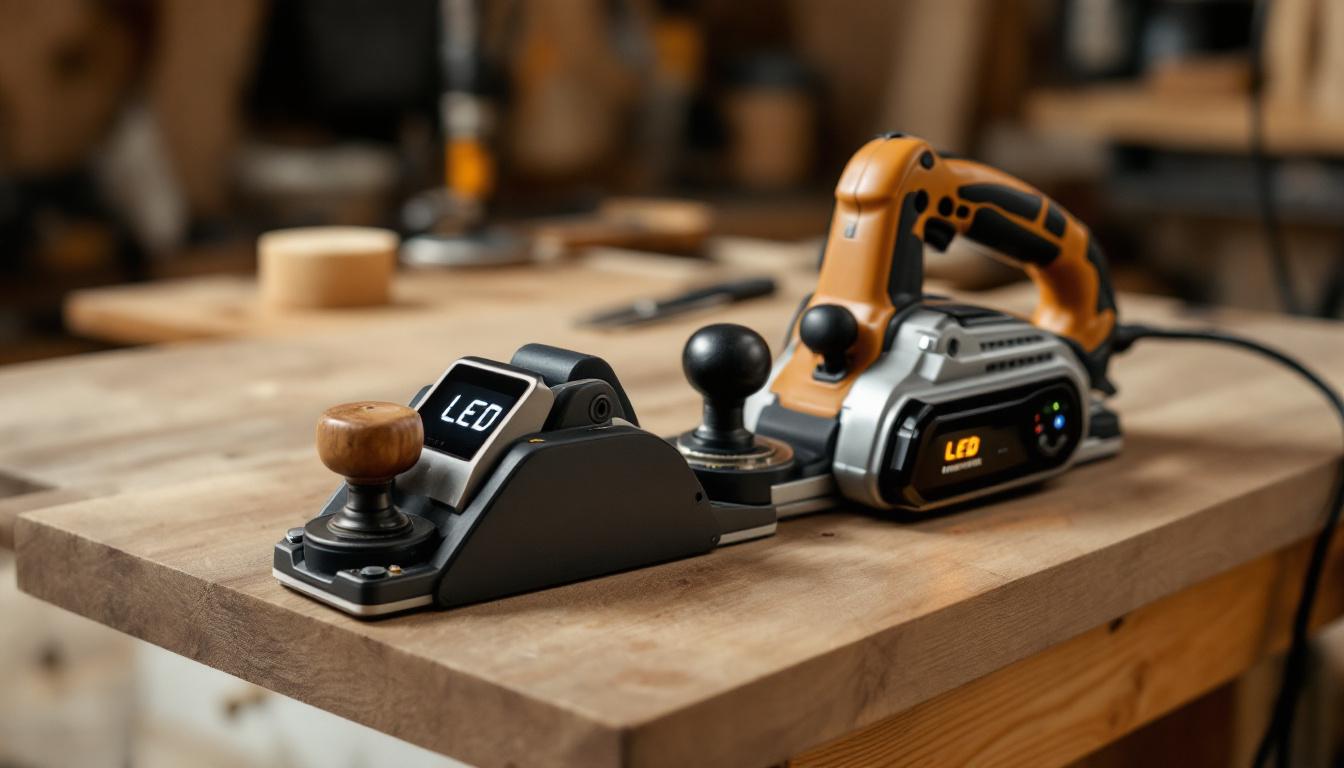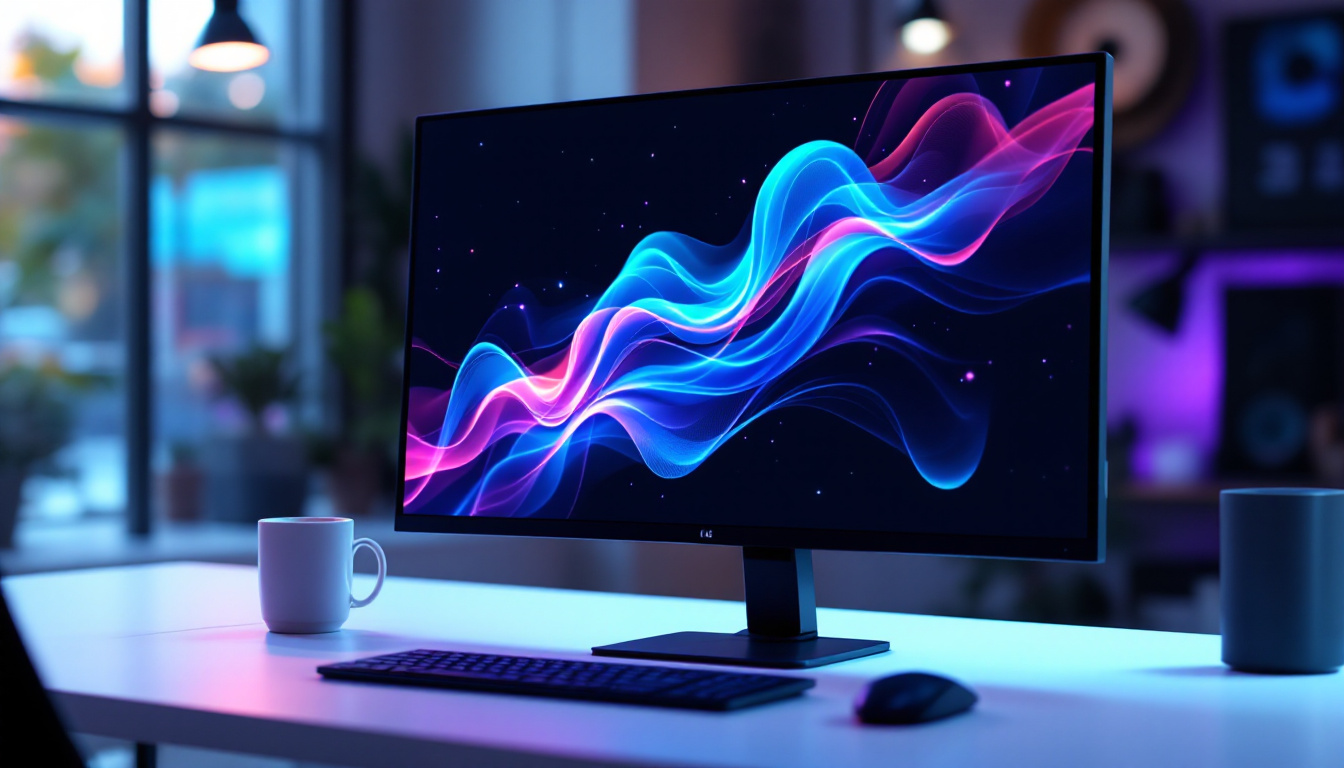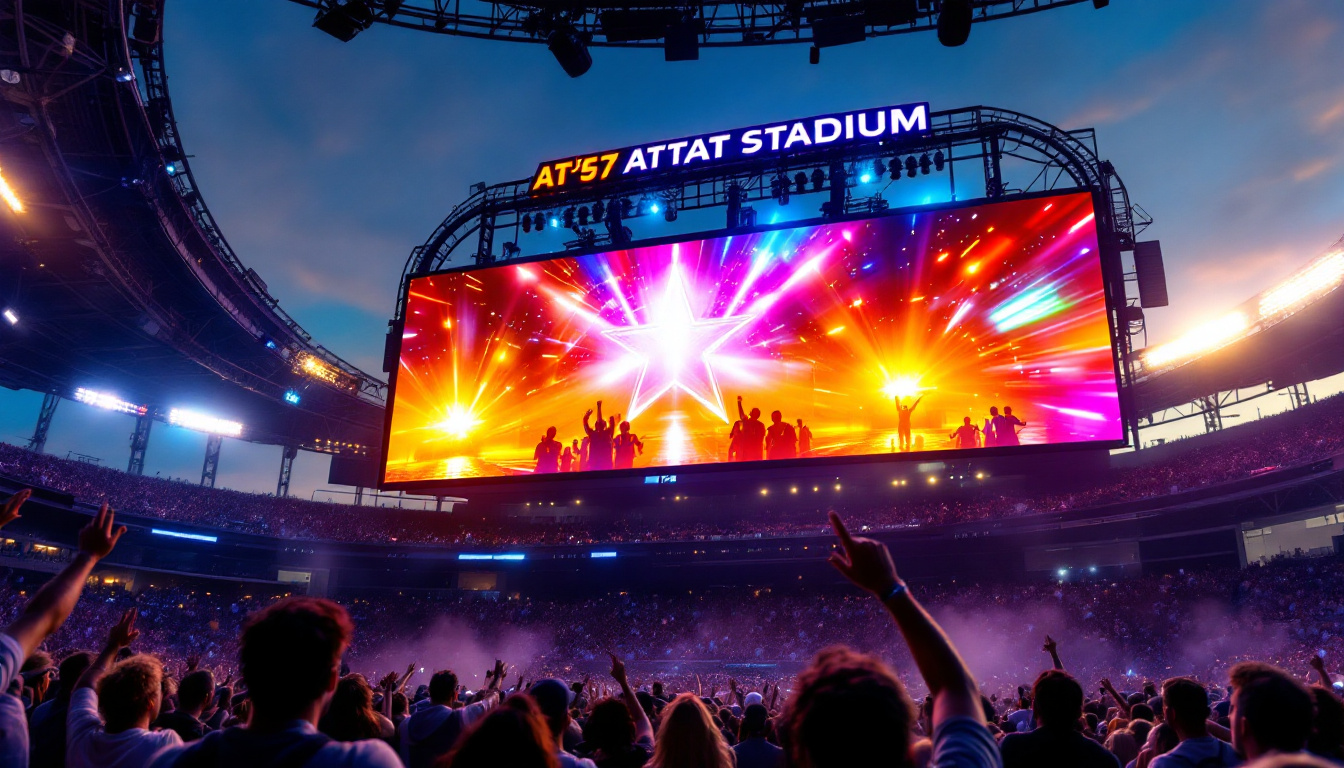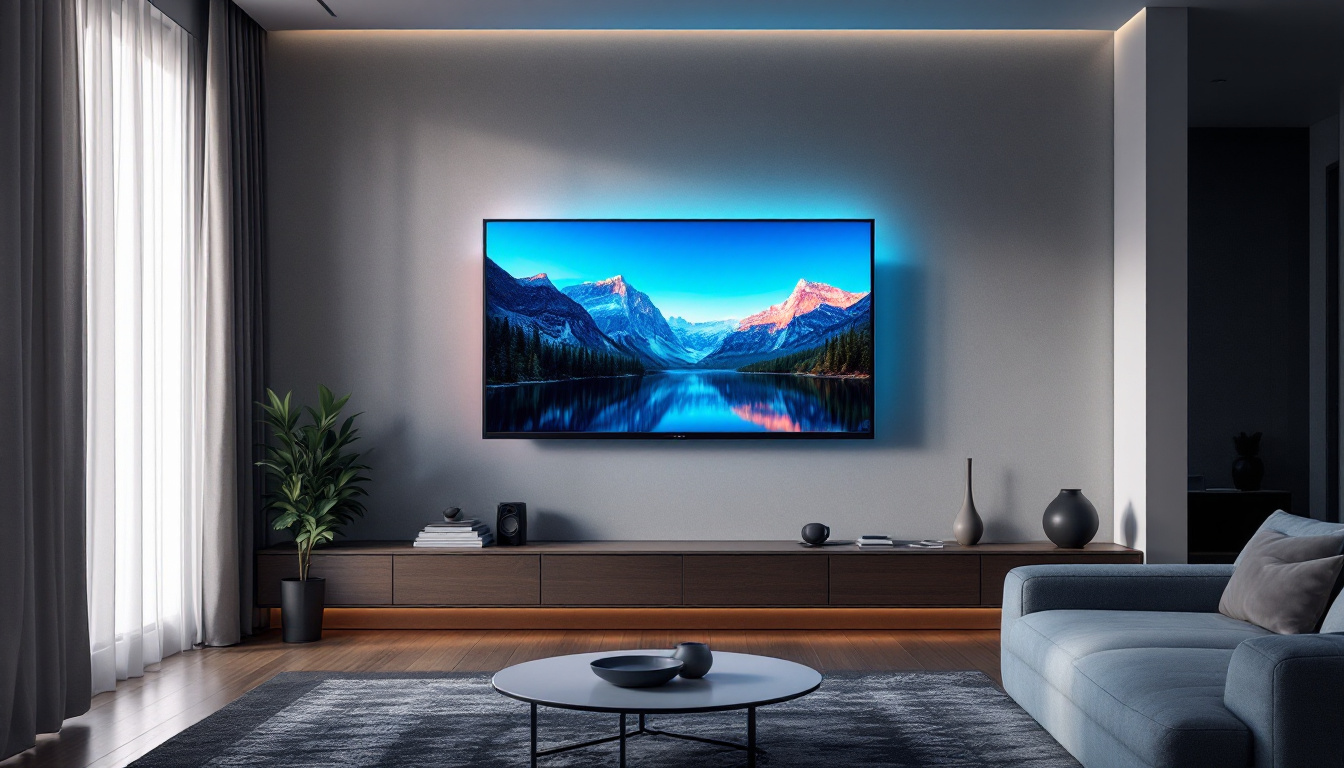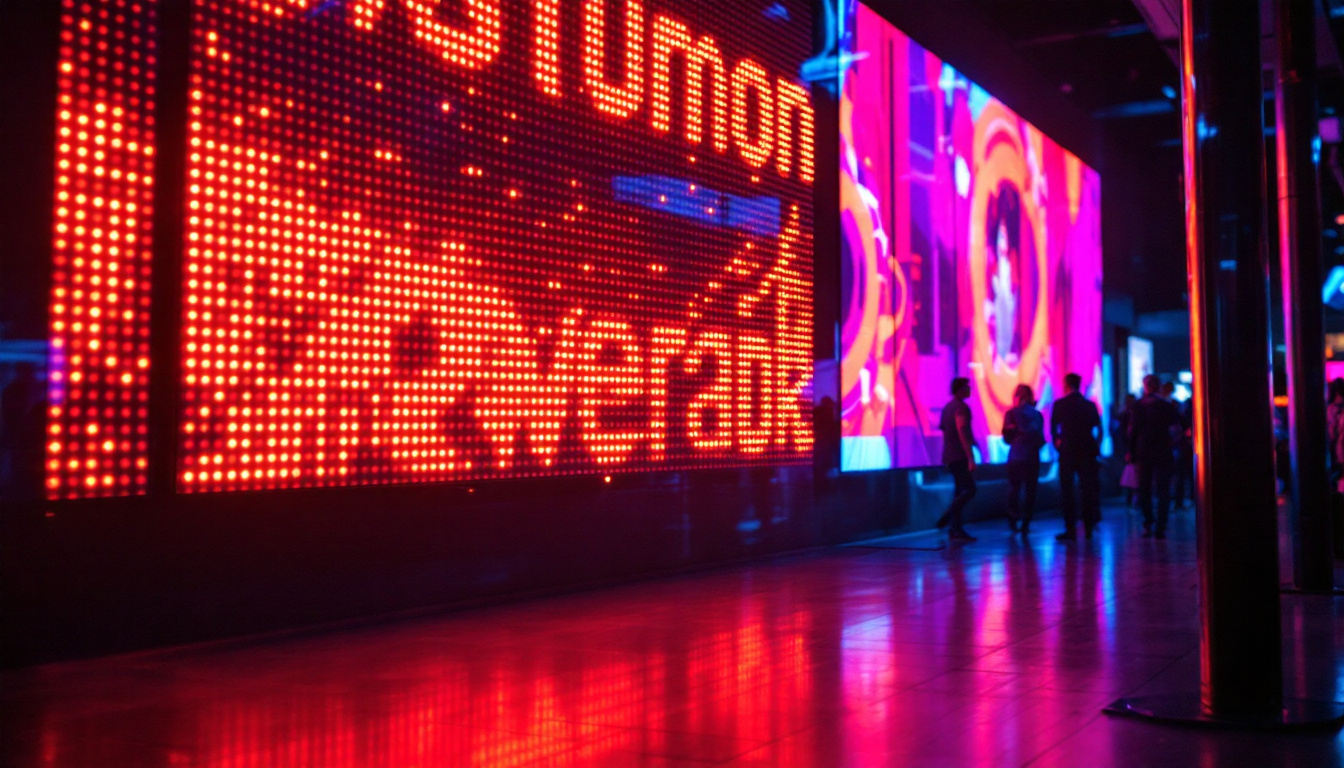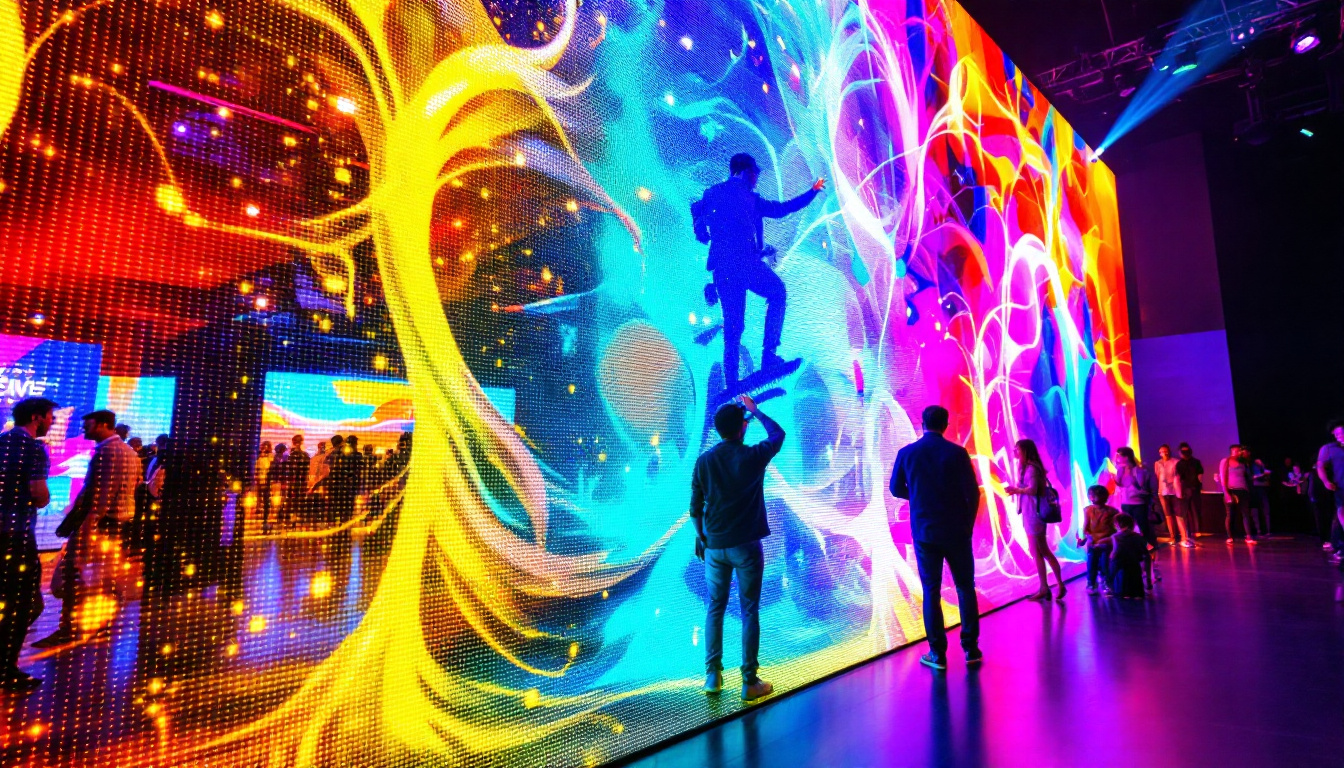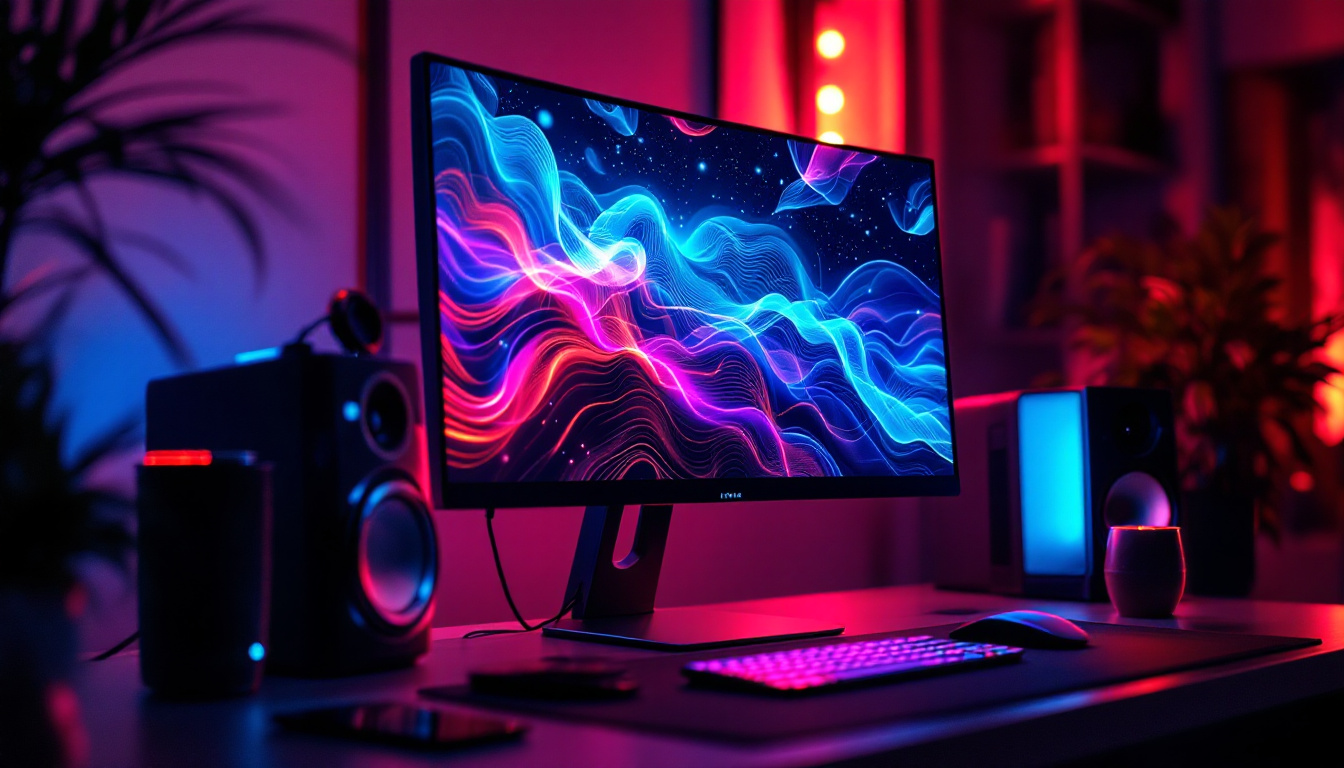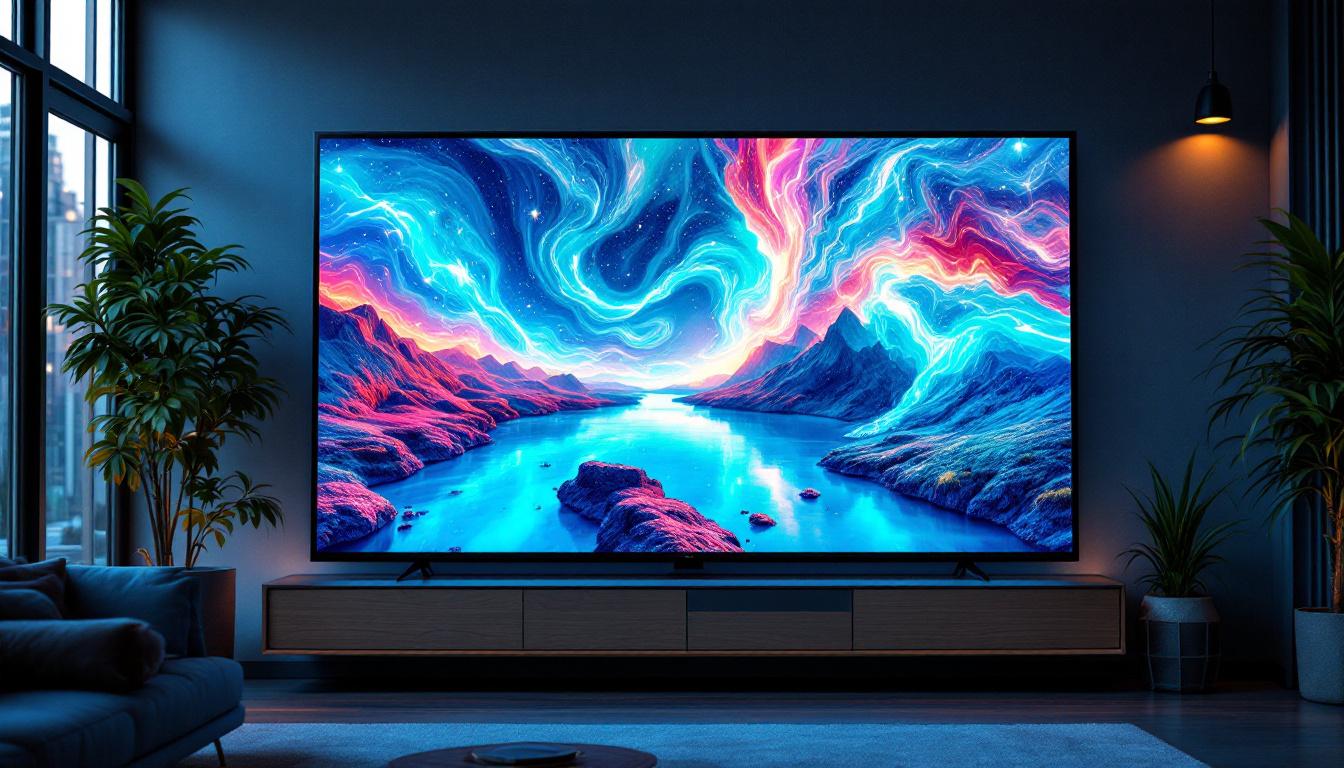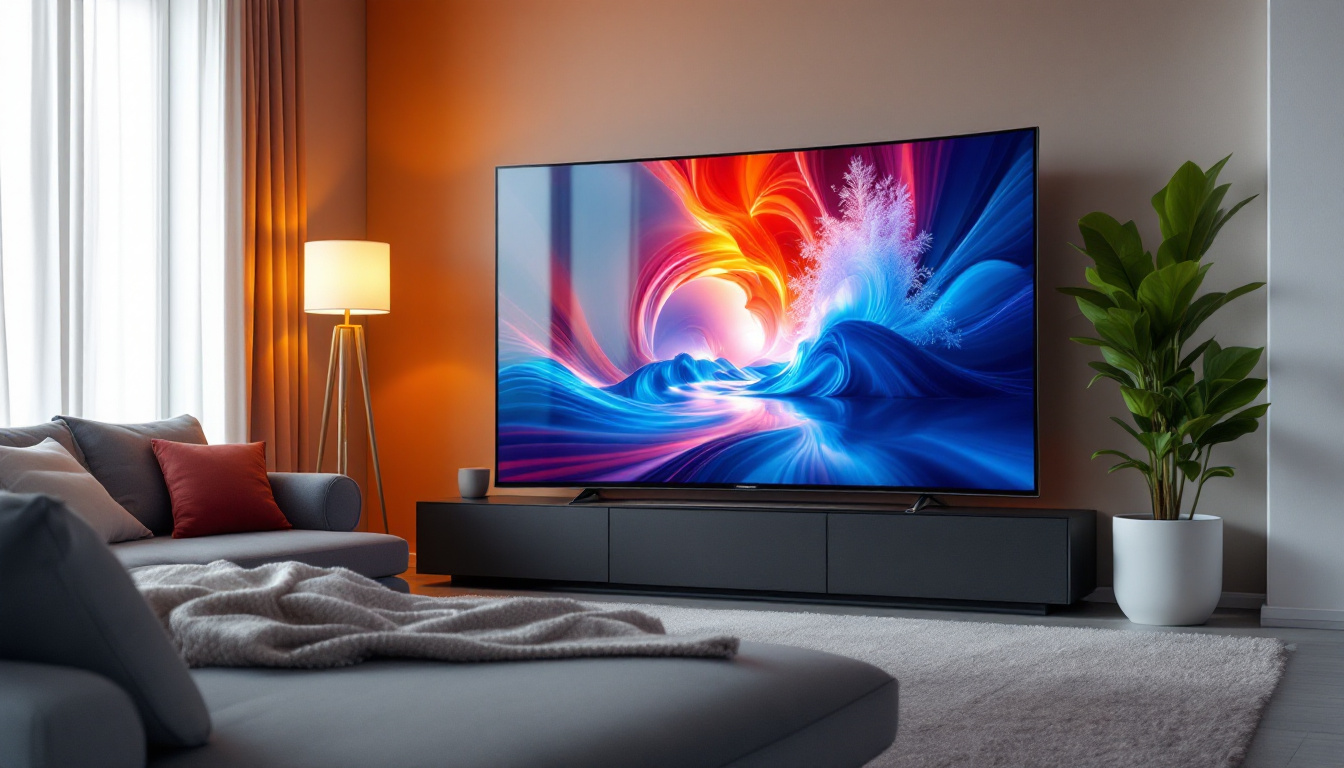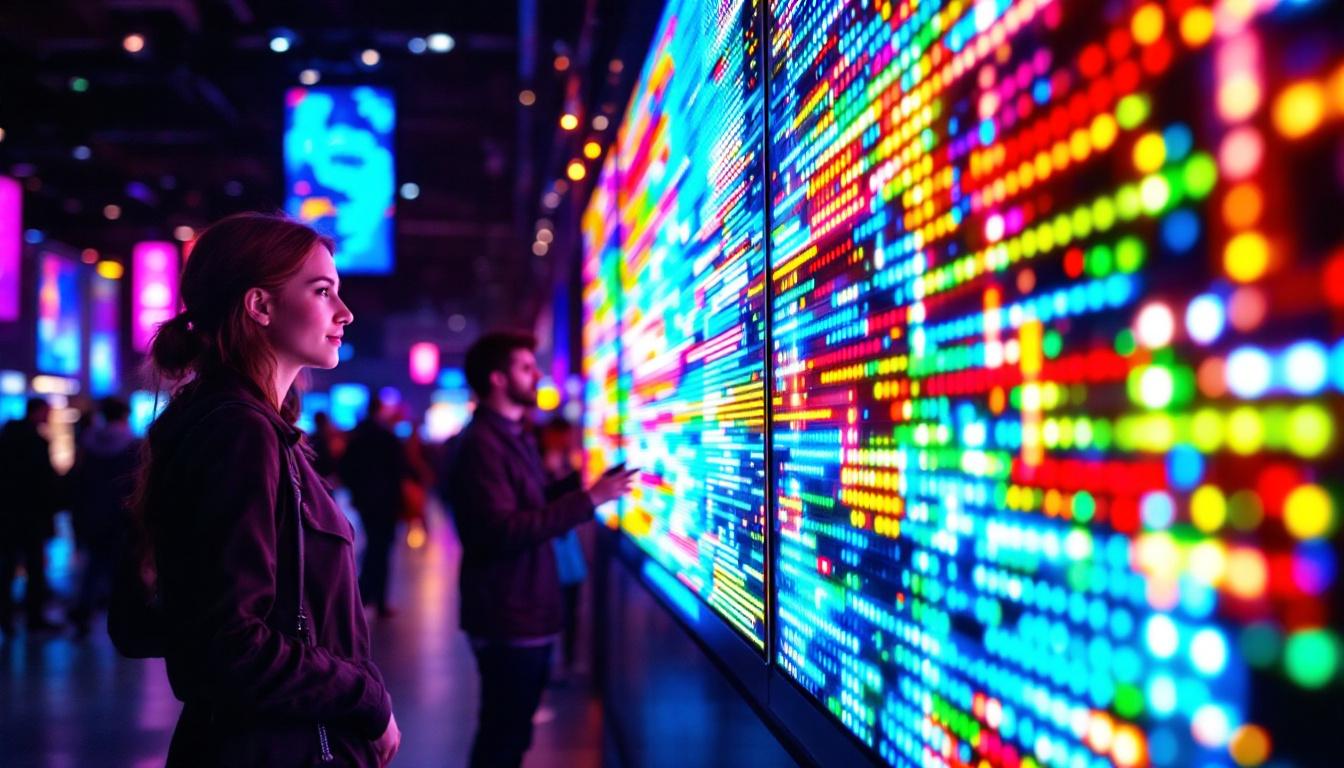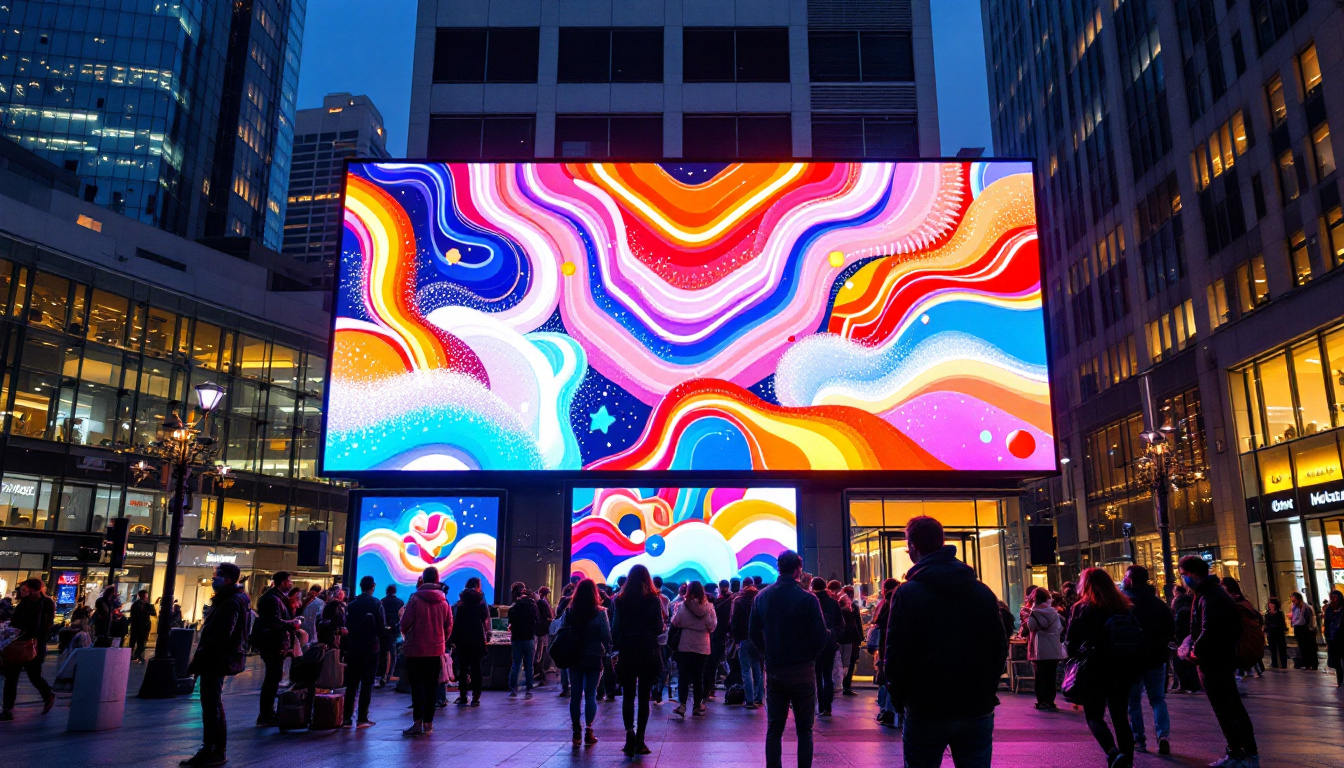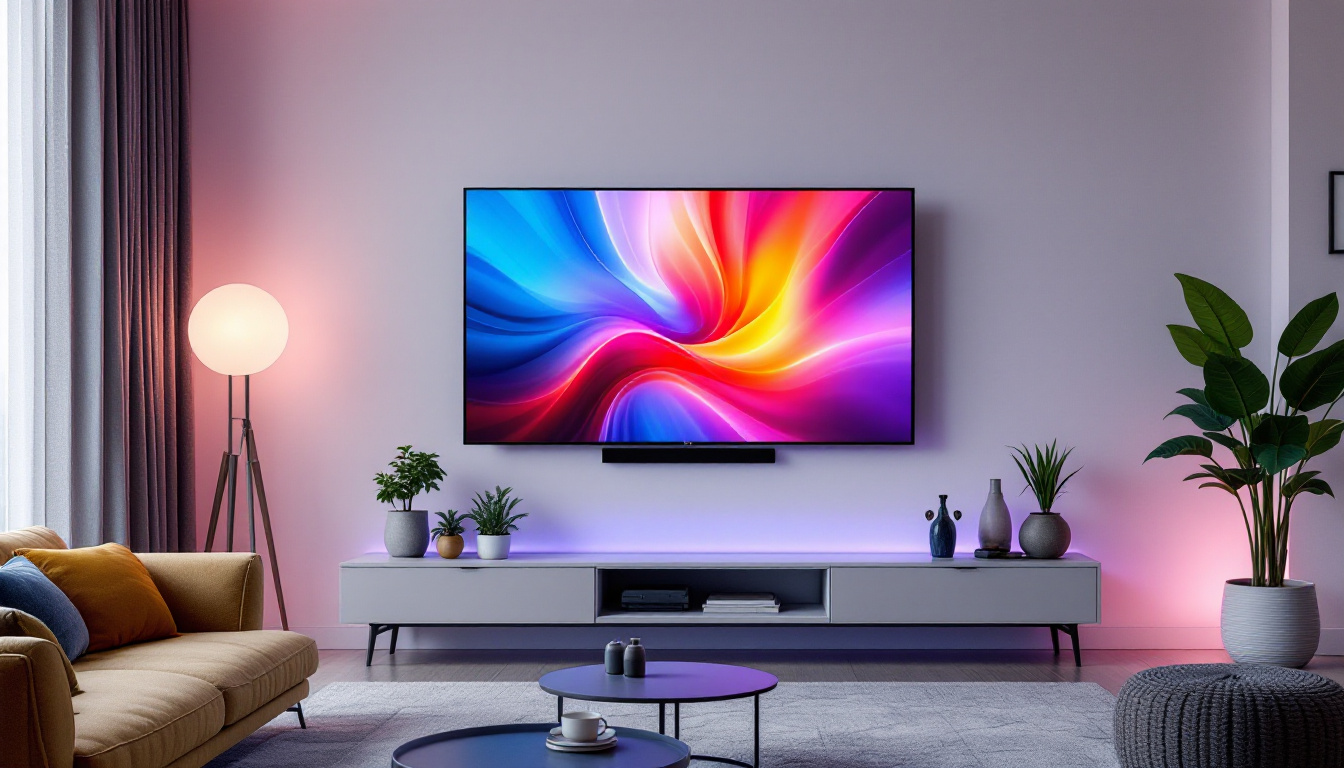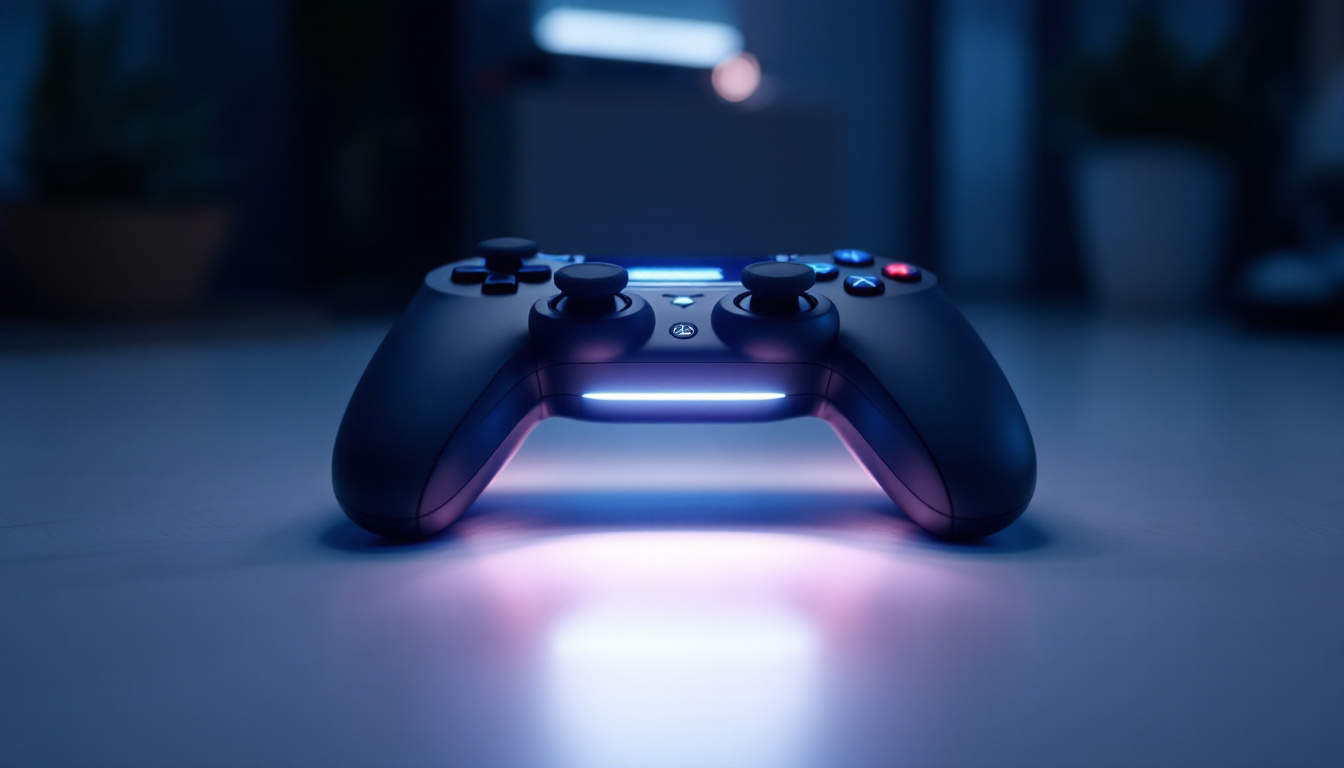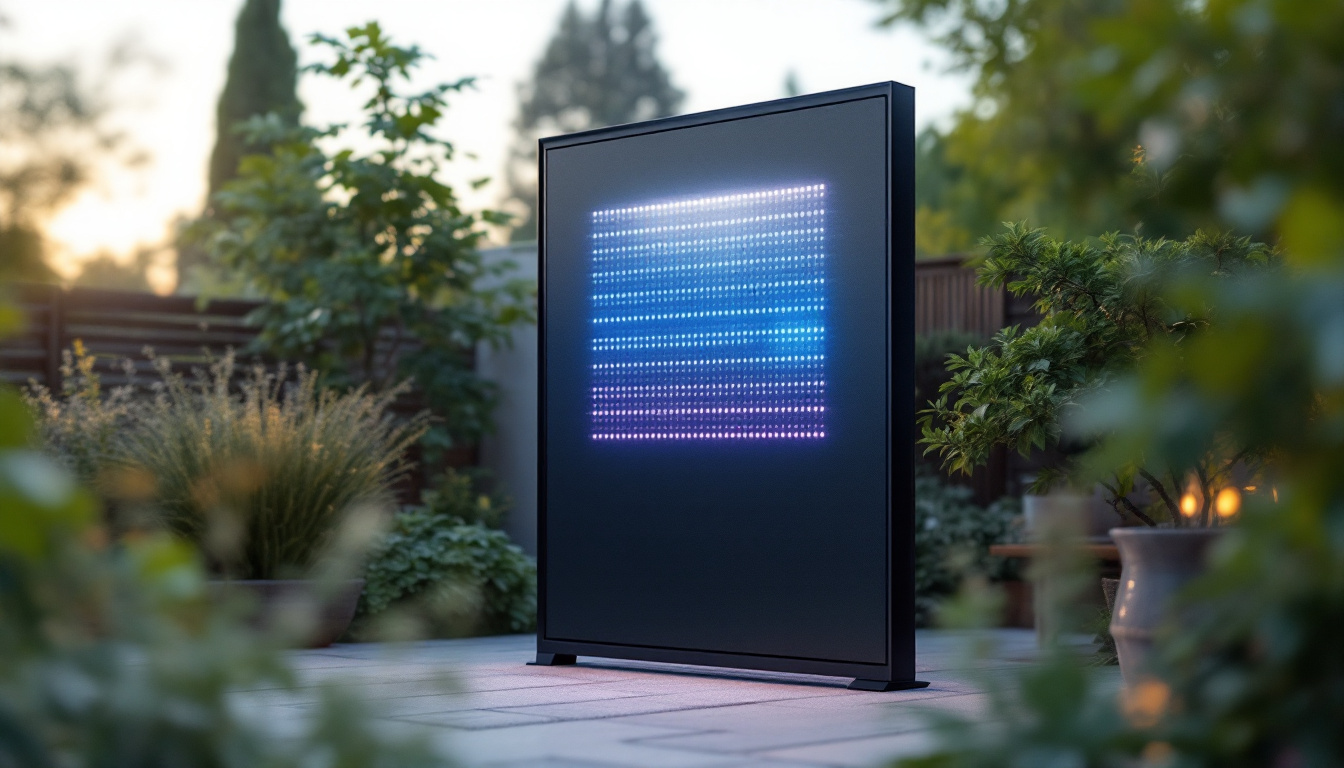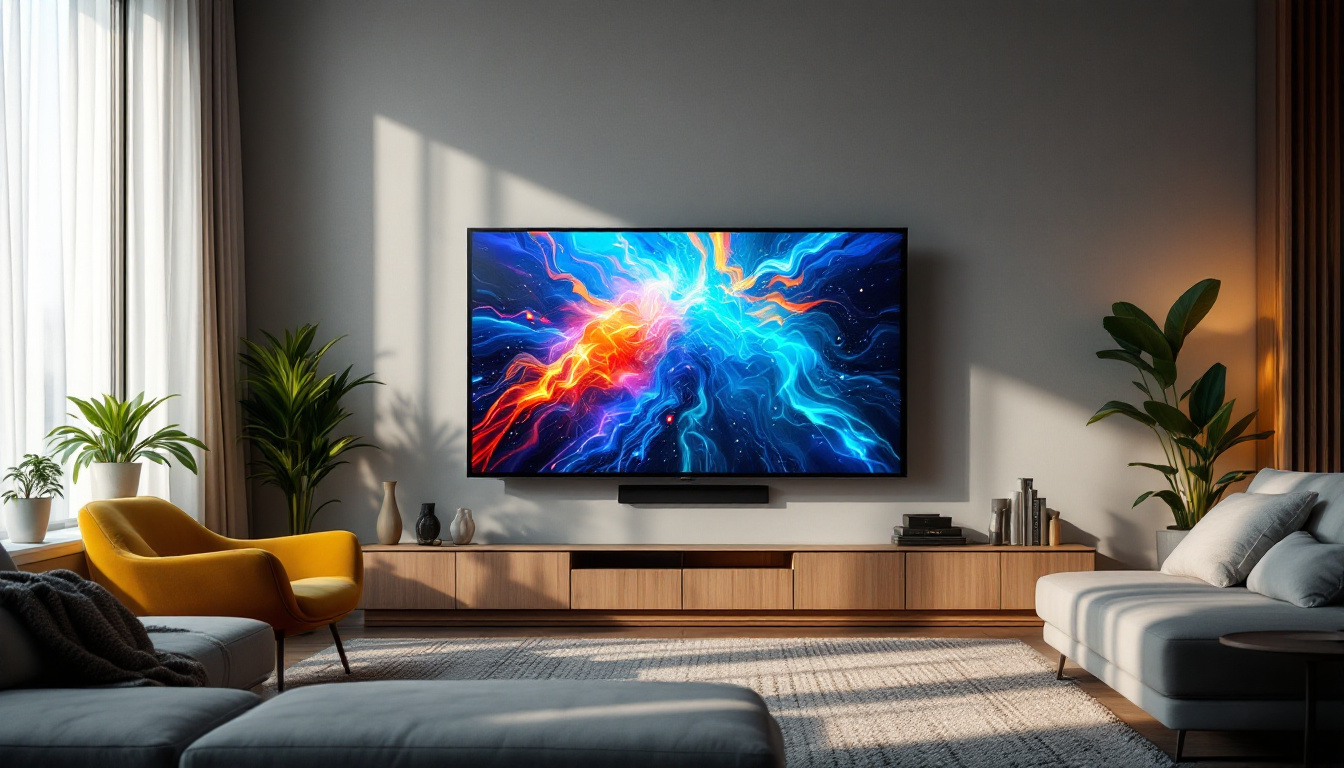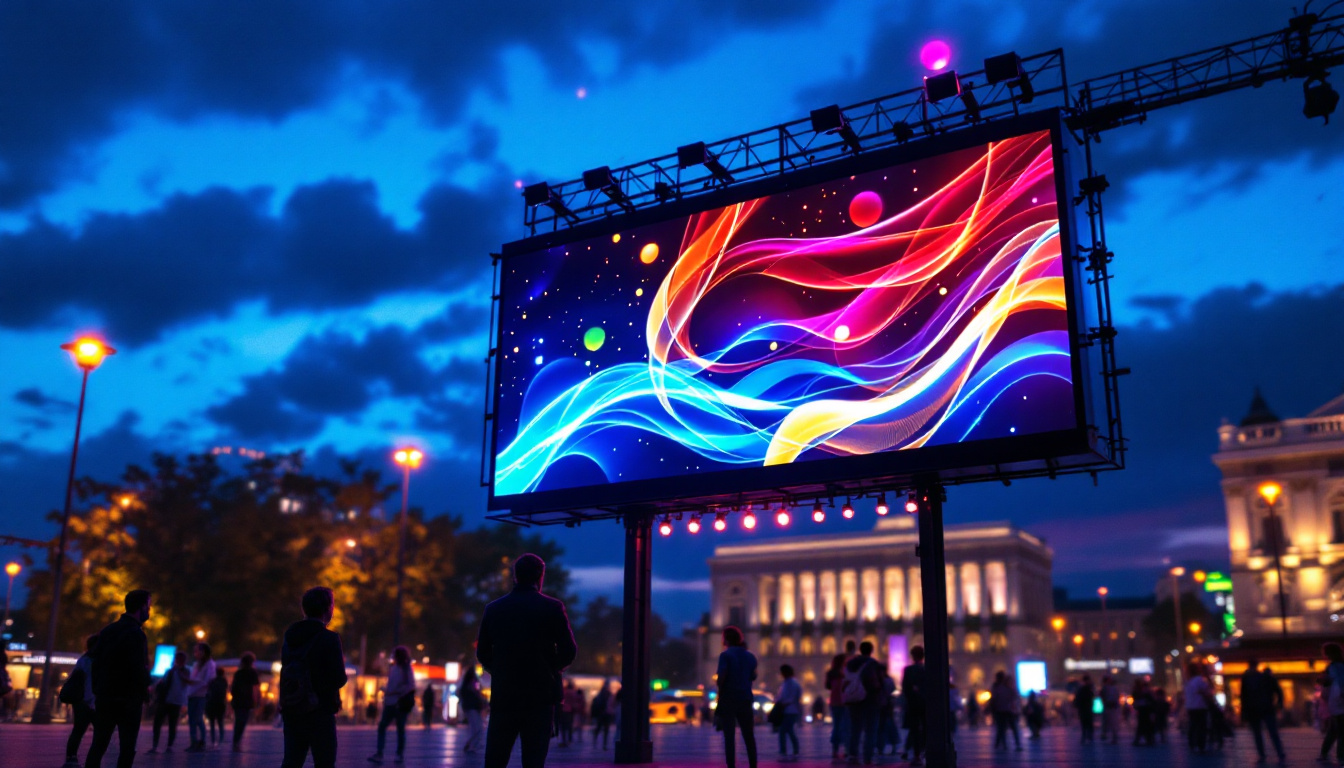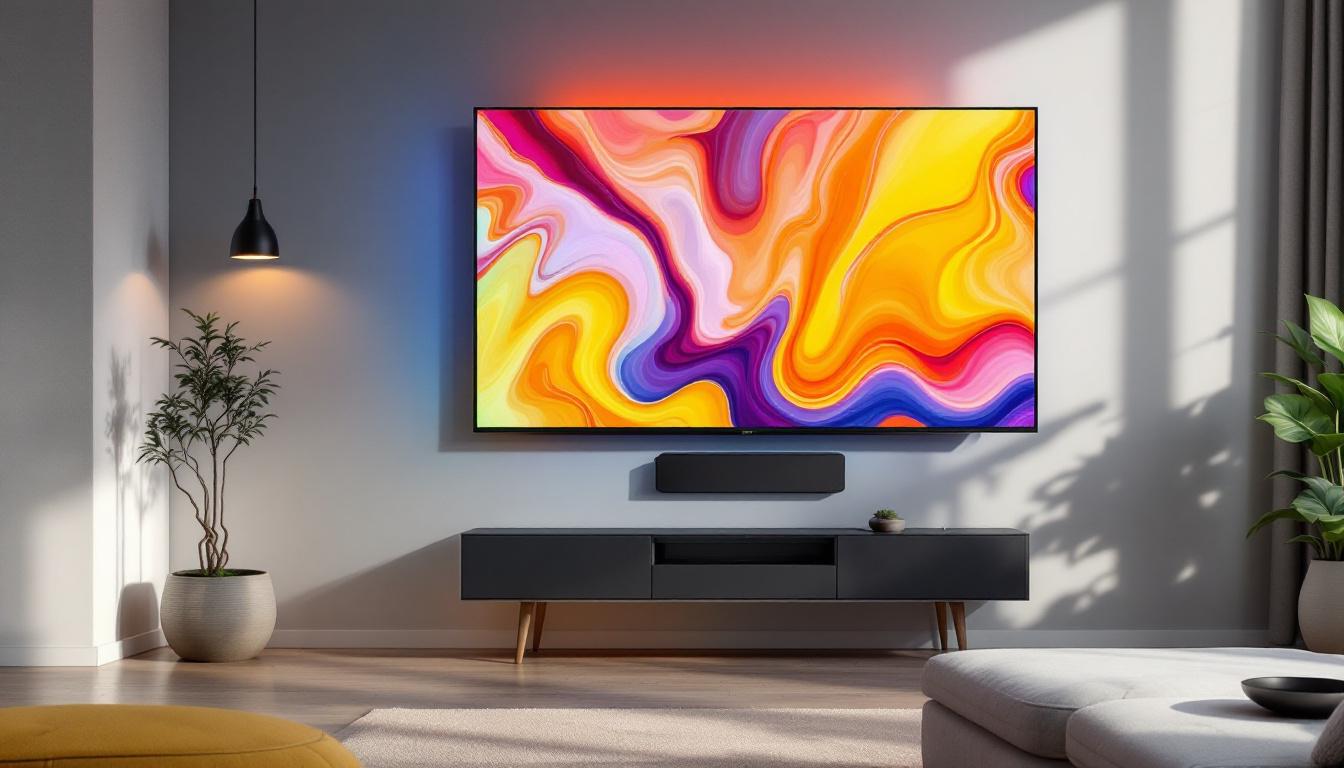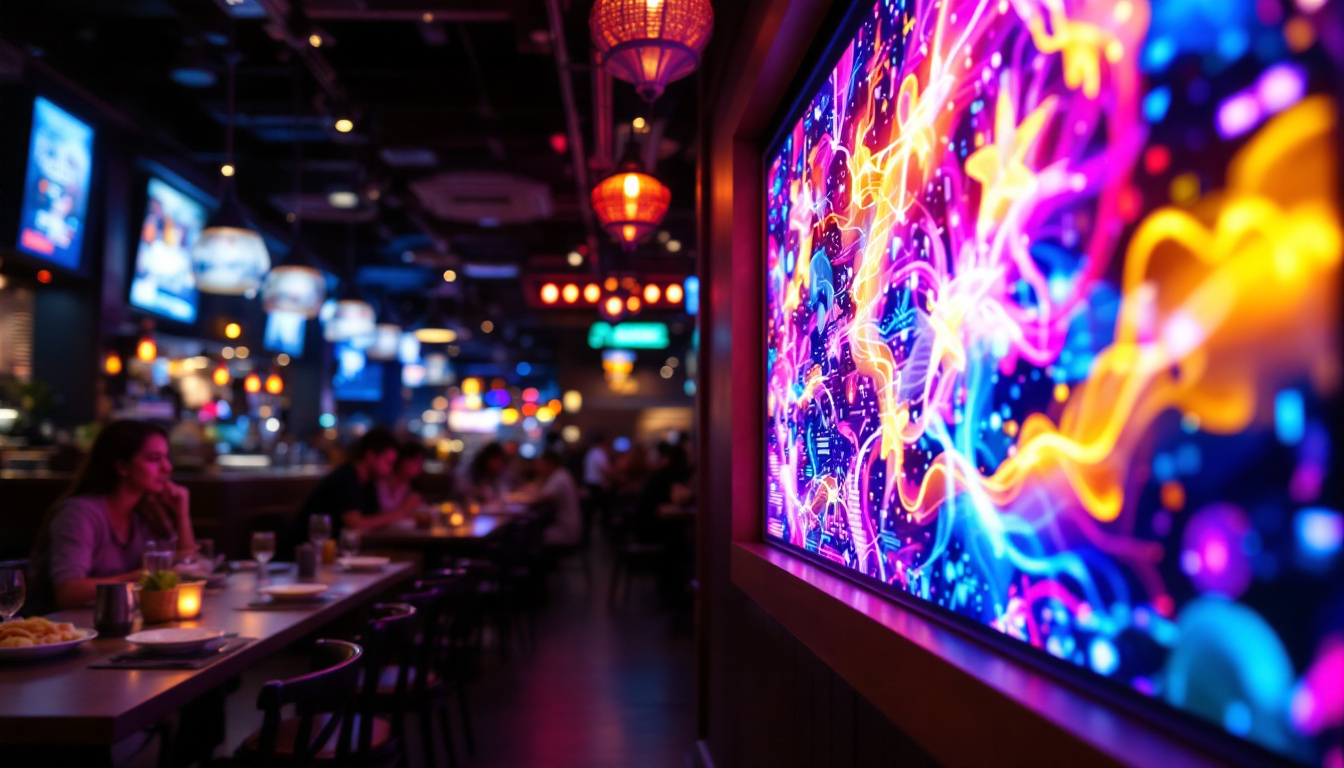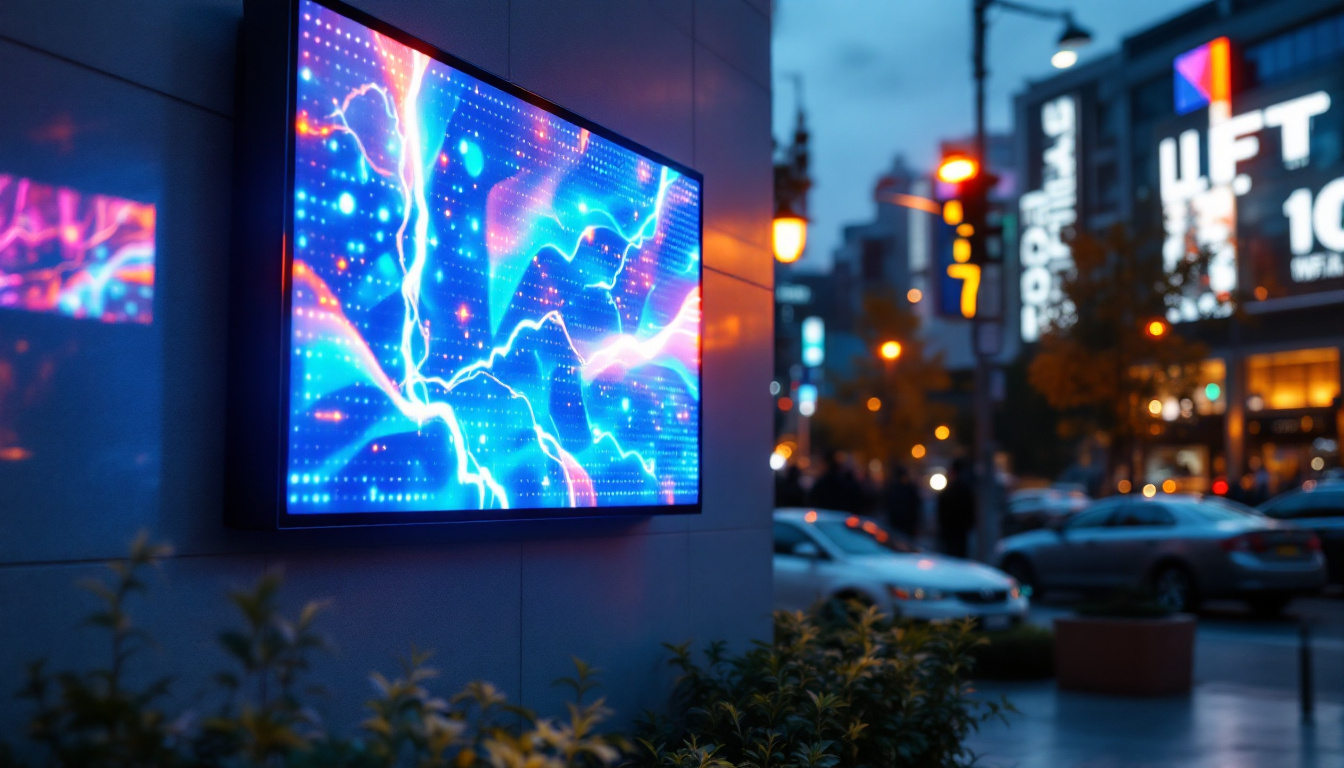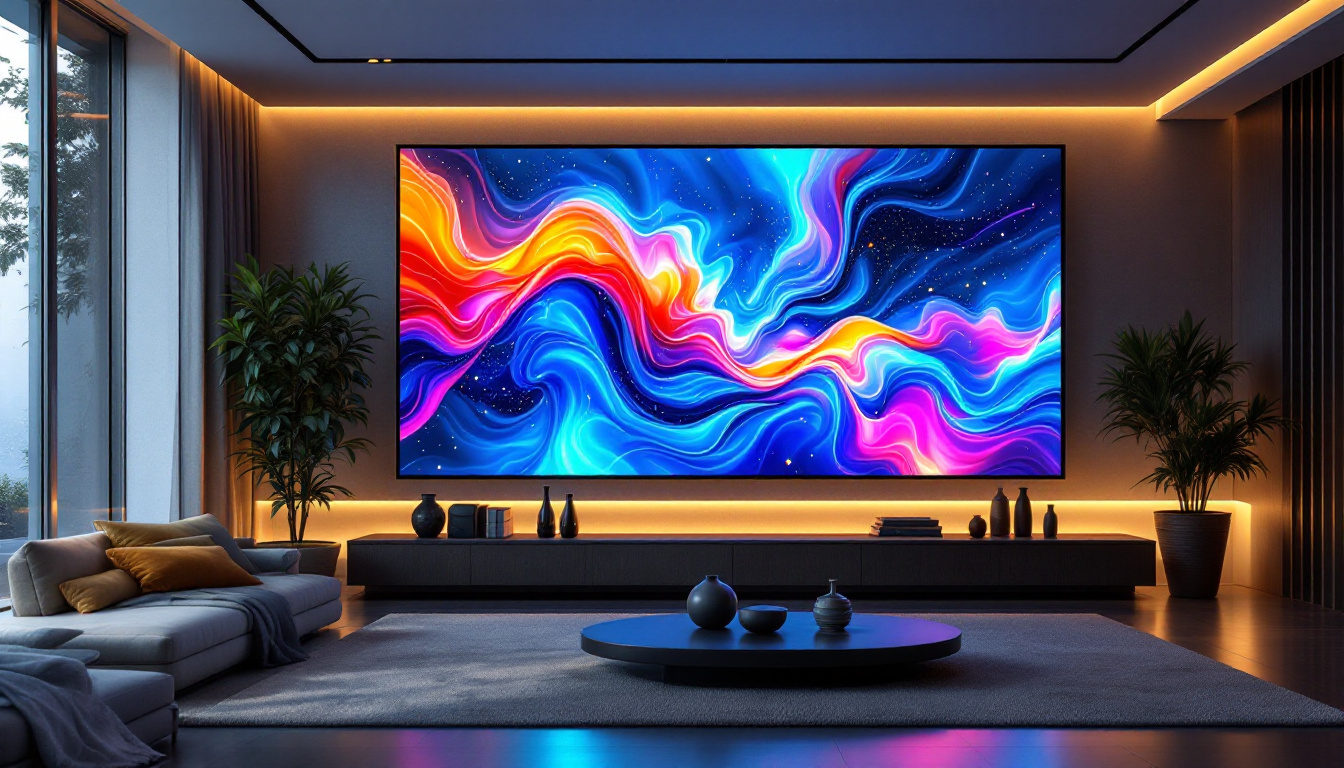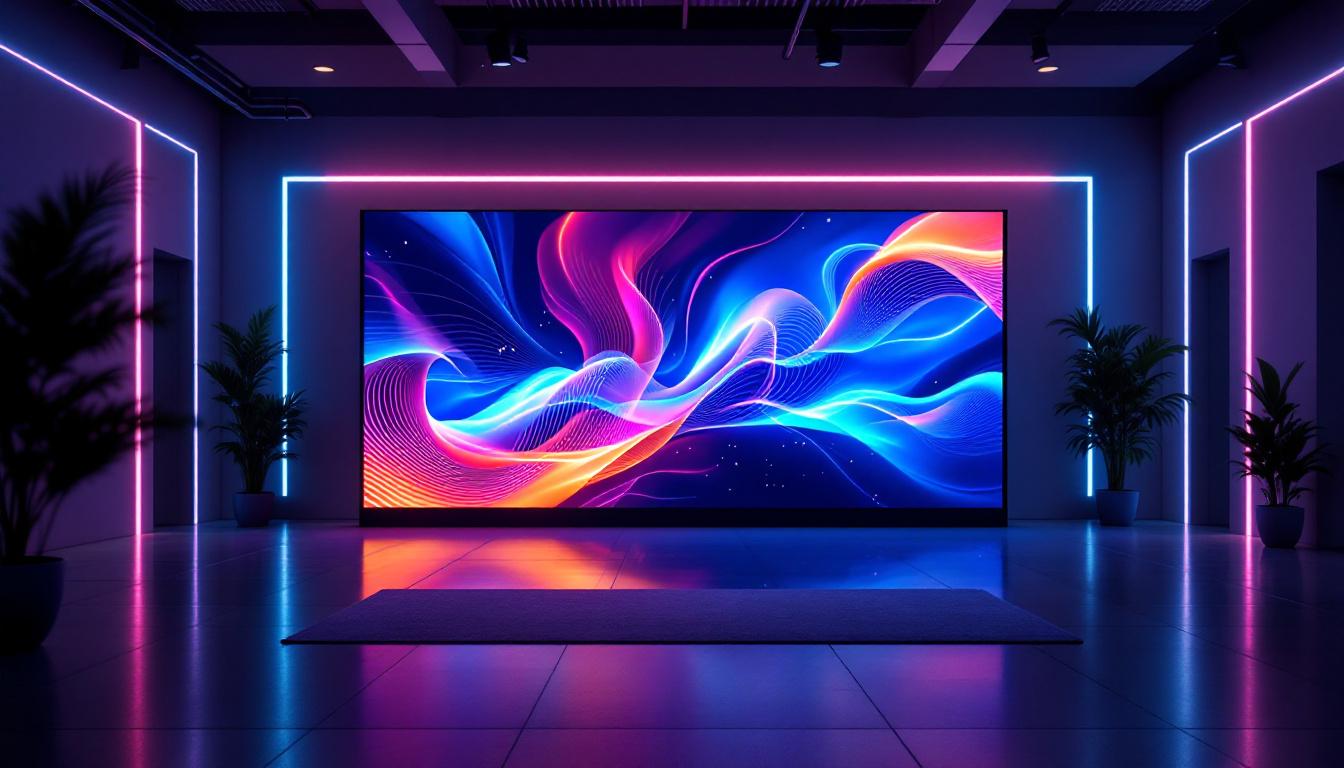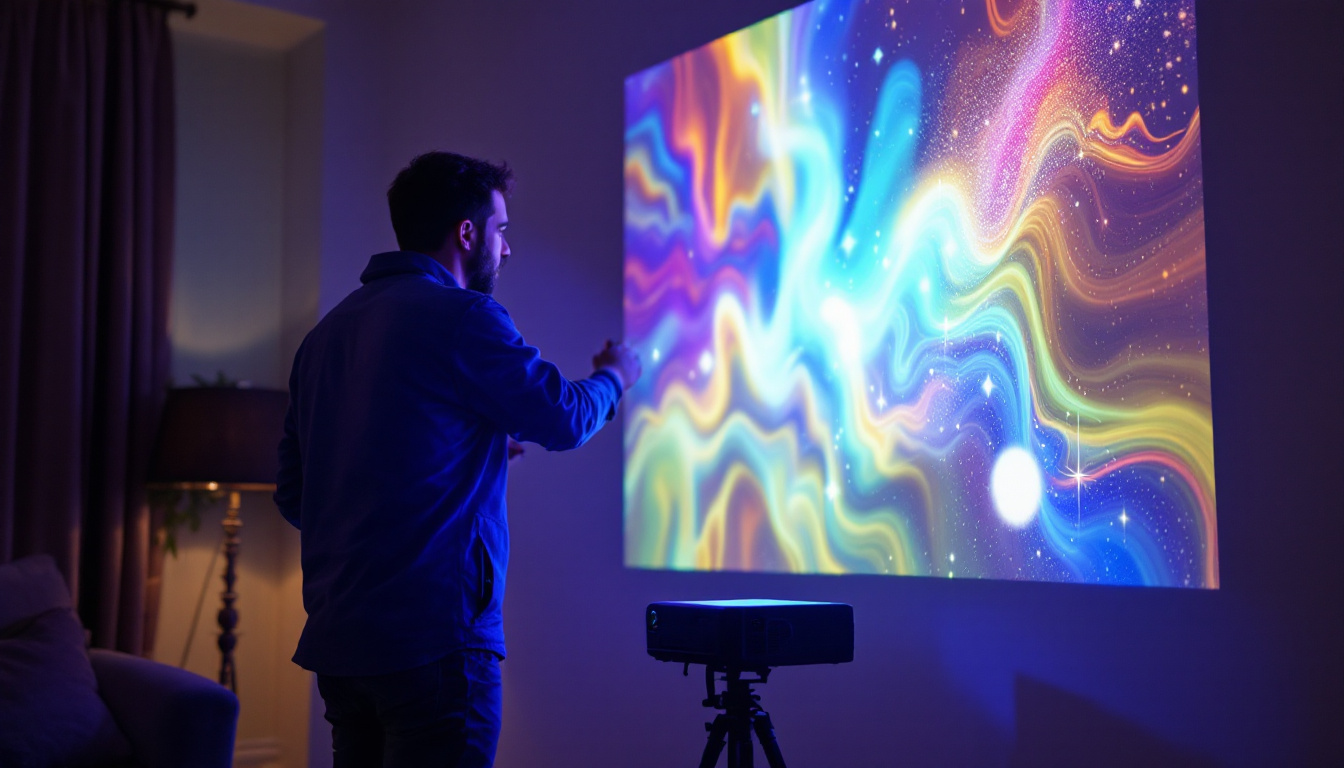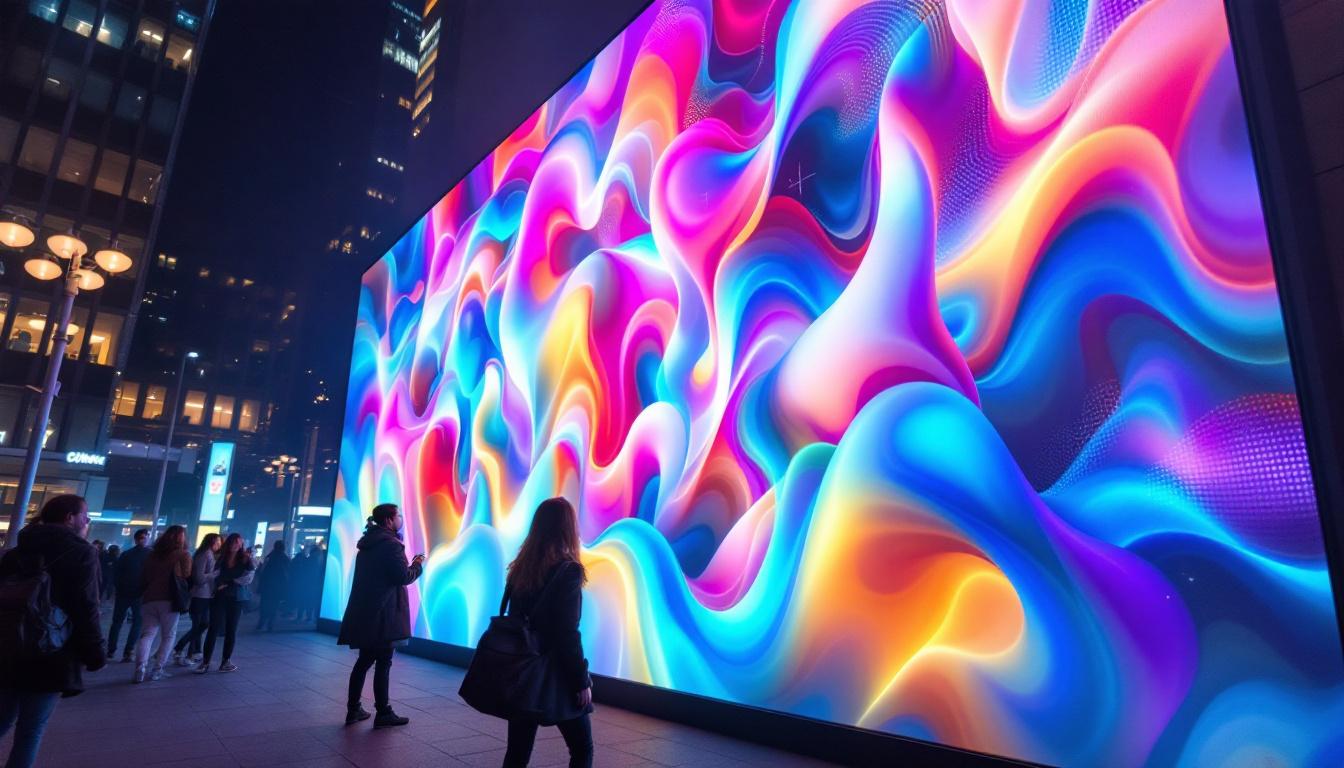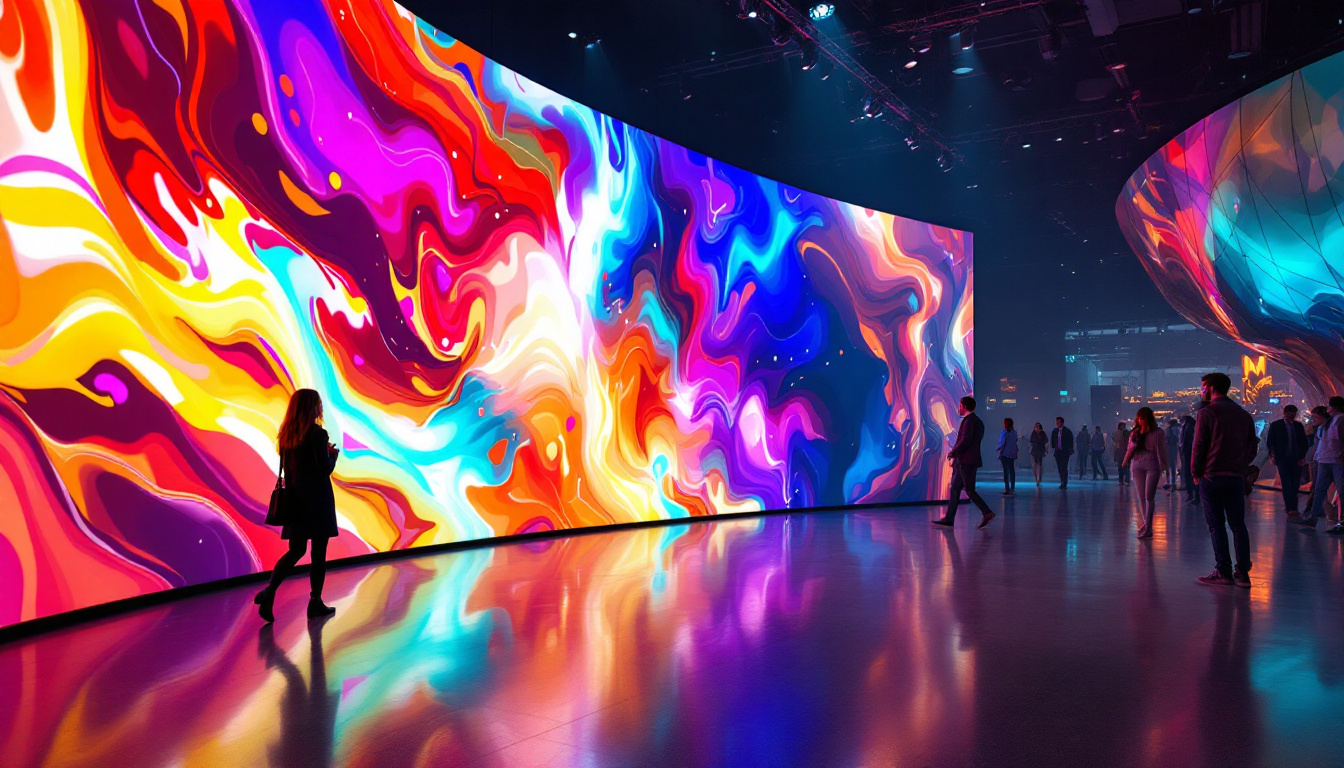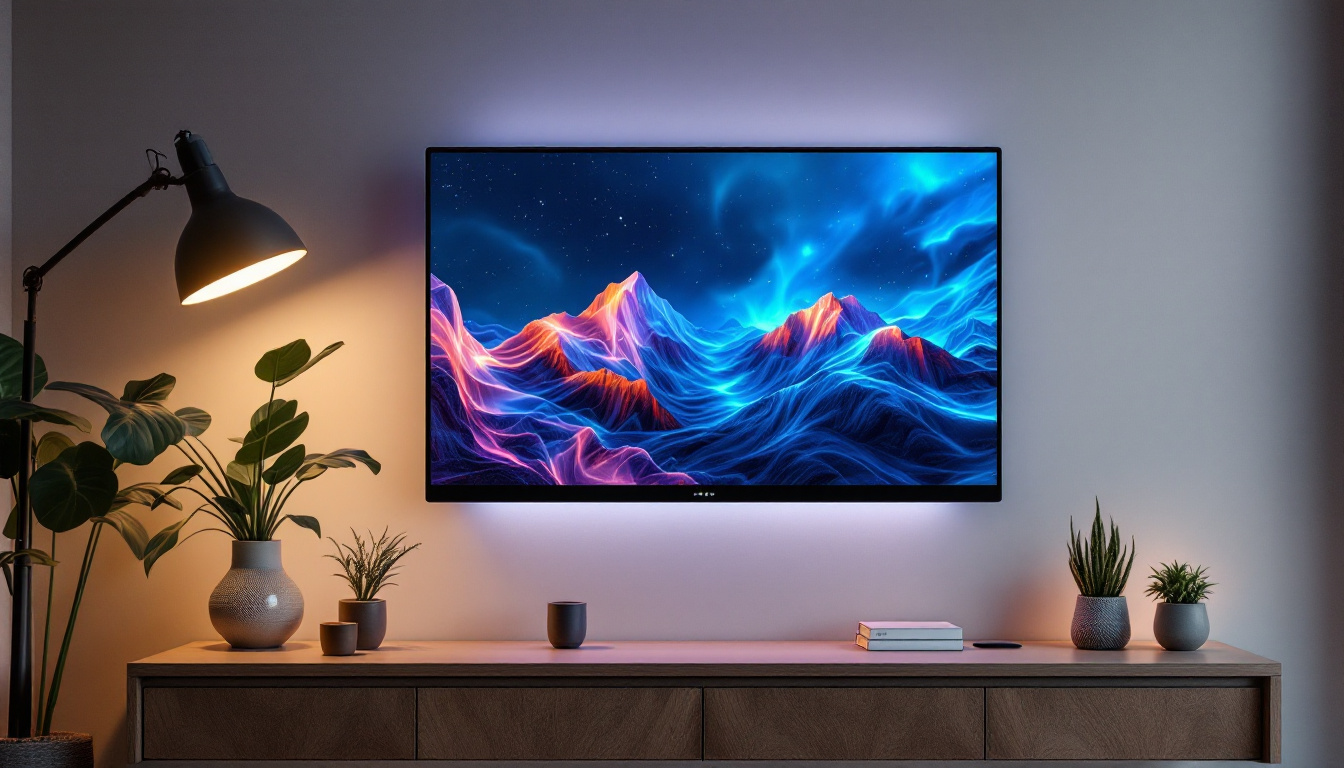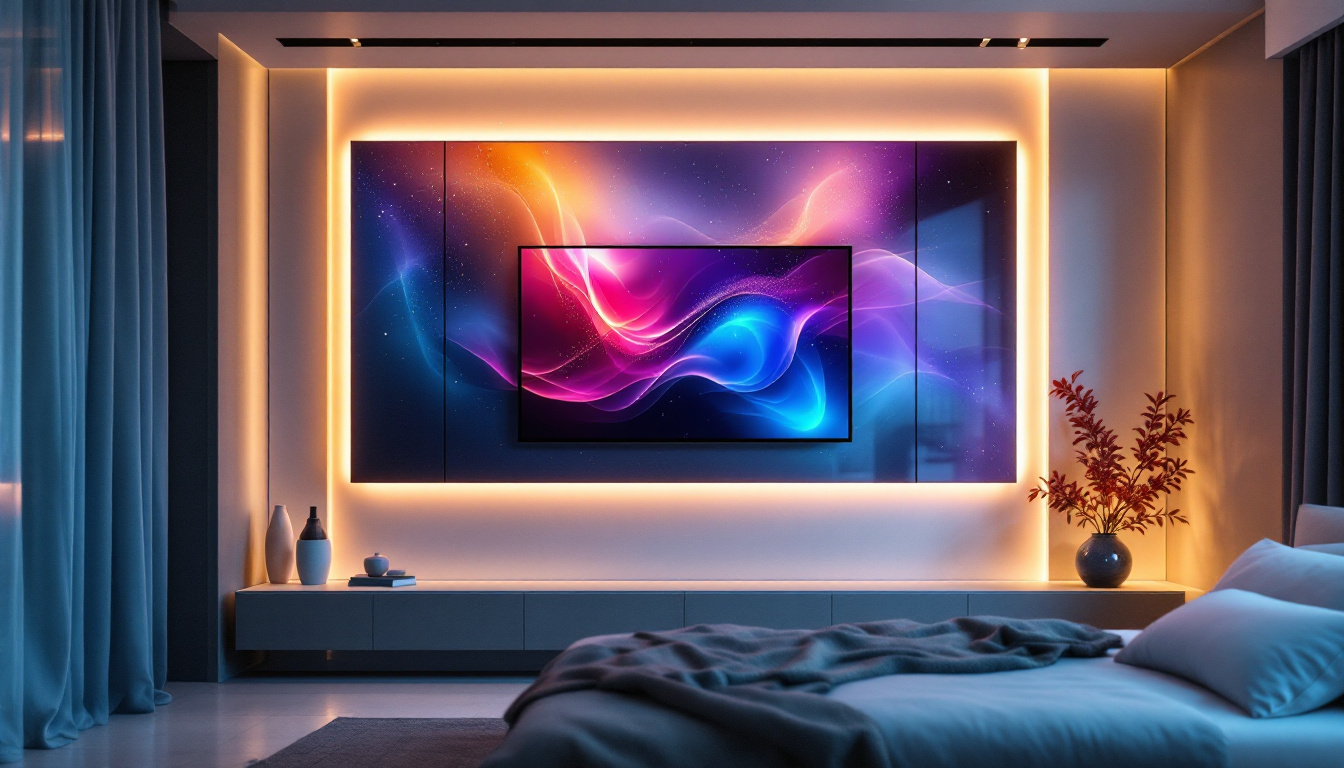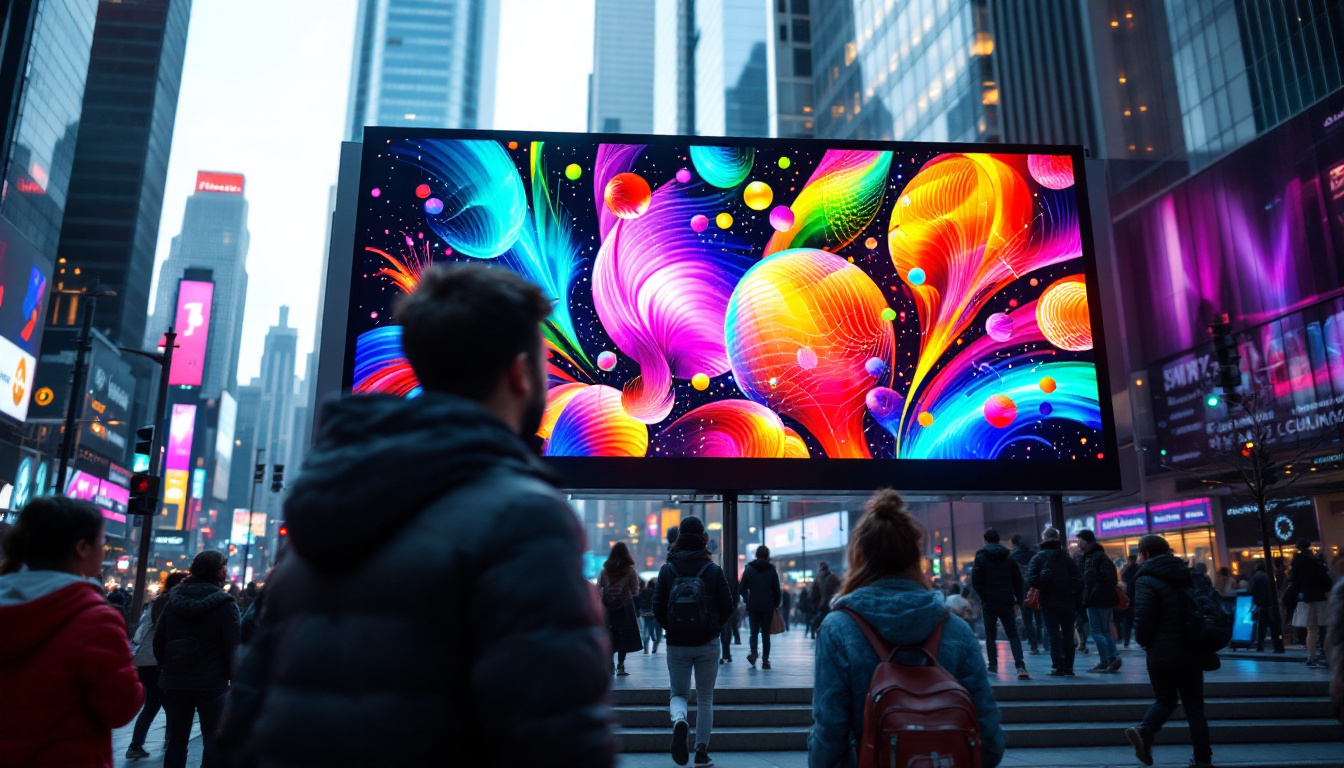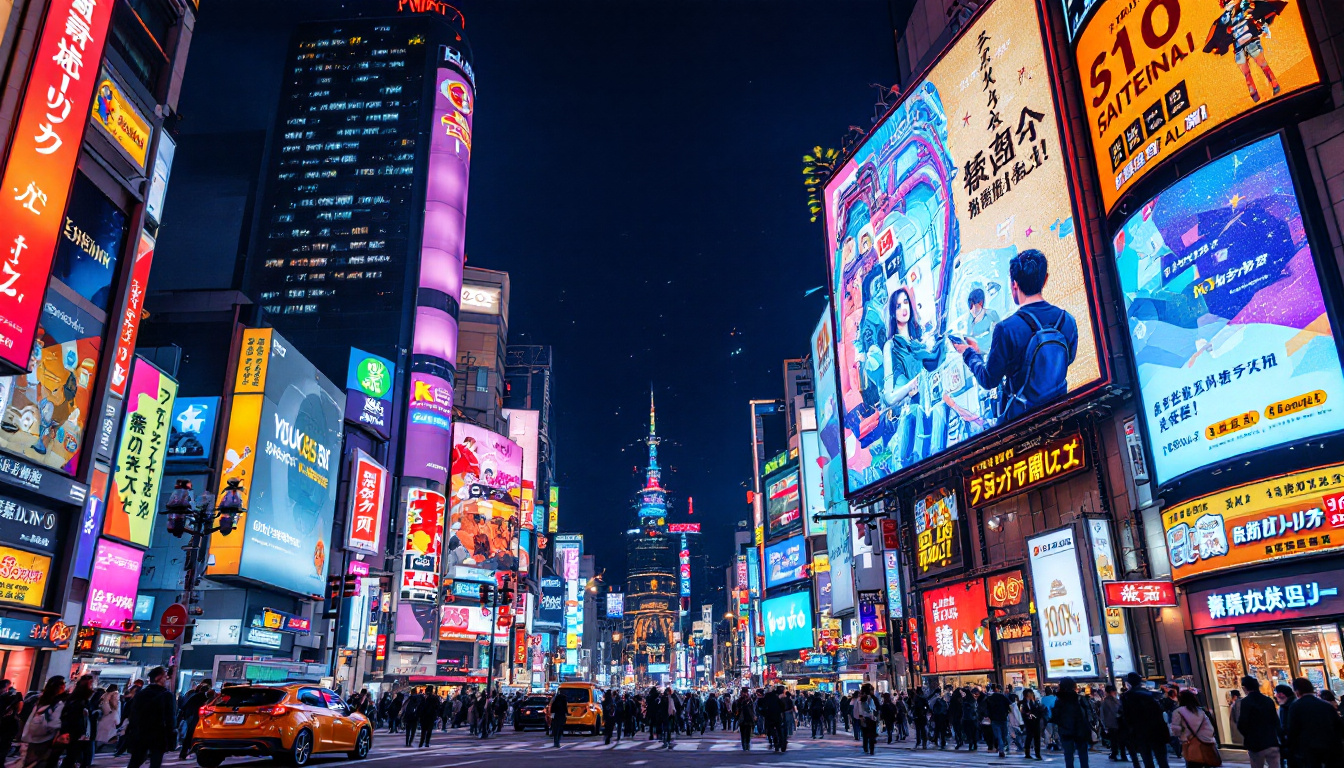In the rapidly evolving world of technology, LED displays have become a pivotal component in various industries, from advertising to entertainment. Understanding the dimensions and specifications of these display boards is crucial for anyone looking to invest in or utilize this technology effectively. This article aims to provide a comprehensive overview of LED display dimensions, their significance, and how they can be optimized for various applications.
Understanding LED Display Technology
LED, or Light Emitting Diode, technology has transformed the way visual information is presented. Unlike traditional displays, LED screens offer brighter images, lower energy consumption, and a longer lifespan. These advantages make them ideal for a range of applications, including billboards, sports arenas, and indoor advertising. The rapid advancement of LED technology has also led to significant cost reductions, making it more accessible for businesses and consumers alike. As a result, we are witnessing an increasing integration of LED displays in everyday life, from public transport systems to home entertainment setups.
How LED Displays Work
At the core of LED display technology is the arrangement of tiny light-emitting diodes that create images by illuminating in various colors. Each pixel on an LED display is made up of red, green, and blue (RGB) diodes, which combine to produce a full spectrum of colors. This pixel-based approach allows for high-resolution images and vibrant color reproduction. The precision in color mixing not only enhances visual appeal but also enables the display of intricate graphics and videos that captivate audiences.
The technology behind LED displays also includes advanced driver circuits that manage the power supplied to each diode, ensuring that images are displayed accurately and efficiently. This intricate system allows for dynamic content to be shown, making LED displays particularly effective for advertising and entertainment purposes. Moreover, innovations such as pixel-mapping and real-time content management systems have further improved the versatility of LED displays, enabling them to adapt to various content types and viewing conditions seamlessly.
Types of LED Displays
LED displays can be categorized into several types based on their intended use and design. The most common types include:
- Indoor LED Displays: These are designed for use in controlled environments, such as shopping malls and conference rooms. They typically have a higher pixel density, resulting in sharper images viewed from a closer distance. Indoor displays often feature advanced technologies like high refresh rates, which reduce flicker and enhance the viewing experience, especially for video content.
- Outdoor LED Displays: Built to withstand the elements, outdoor LED displays are larger and more robust. They feature lower pixel density compared to indoor displays, as they are viewed from greater distances. These displays are equipped with weatherproof casings and high brightness levels to ensure visibility even in direct sunlight, making them perfect for advertising in busy urban settings.
- Transparent LED Displays: These innovative displays allow light to pass through, making them ideal for storefronts and exhibitions where visibility is essential. By blending seamlessly with their surroundings, transparent LED displays can showcase products while still allowing customers to see through to the store interior, creating an engaging shopping experience.
Additionally, there are specialized LED displays such as flexible LED screens that can be bent and shaped to fit unique spaces, and curved LED displays that offer immersive viewing experiences in arenas and theaters. As technology continues to evolve, we can expect to see even more innovative applications of LED displays, further enhancing how we interact with visual media in both public and private spaces.
Key Dimensions of LED Displays
When considering an LED display, understanding its dimensions is critical. The size of a display board can significantly impact its visibility, effectiveness, and overall performance. Key dimensions include height, width, pixel pitch, and resolution.
Height and Width
The height and width of an LED display are fundamental dimensions that determine its overall size. These measurements are typically expressed in feet or meters and can vary widely based on the application. For instance, a large outdoor billboard may measure 10 feet by 20 feet, while a smaller indoor display might be 3 feet by 6 feet.
Choosing the right dimensions depends on several factors, including the viewing distance and the intended use of the display. A larger display is necessary for audiences viewing from a distance, whereas a smaller display may suffice for close-range viewing.
Pixel Pitch
Pixel pitch is a critical specification that refers to the distance between the centers of two adjacent pixels, usually measured in millimeters. A smaller pixel pitch indicates a higher pixel density, which translates to sharper images and finer detail.
For example, an LED display with a pixel pitch of 2mm will have a higher resolution than one with a pixel pitch of 10mm. This specification is particularly important for indoor displays, where viewers are often closer to the screen. Conversely, outdoor displays can have a larger pixel pitch, as they are typically viewed from a greater distance.
Resolution
Resolution, often expressed in pixels (width x height), indicates the total number of pixels that make up the display. Higher resolution displays can produce more detailed images, making them ideal for applications where clarity is essential.
For instance, a display with a resolution of 1920 x 1080 pixels is capable of delivering full HD content, while a 3840 x 2160 pixel display offers 4K resolution. The choice of resolution should align with the intended use of the display, as well as the content being displayed.
Choosing the Right Dimensions for Your Needs
Selecting the appropriate dimensions for an LED display involves careful consideration of various factors. These include the environment in which the display will be used, the target audience, and the type of content that will be showcased.
Assessing Viewing Distance
One of the most critical factors in determining the right dimensions for an LED display is the viewing distance. The farther away the audience will be, the larger the display should be. As a general rule, for every foot of viewing distance, the display height should be at least 1/10th of that distance.
For example, if the average viewing distance is 30 feet, the display height should be at least 3 feet. This guideline helps ensure that the content is easily readable and visually appealing from the intended distance.
Content Type and Purpose
The type of content being displayed also plays a significant role in dimension selection. For instance, if the display will primarily showcase text-based information, a higher resolution with a smaller pixel pitch may be necessary to ensure clarity. Conversely, if the display is intended for video content, a larger pixel pitch may be acceptable, as the motion can mask some pixelation.
Additionally, the purpose of the display should be considered. A display meant for advertising may require a larger size to attract attention, while a display used for presentations may be smaller and more focused on detail.
Environmental Considerations
The environment in which the LED display will be installed can also influence dimension choices. Outdoor displays must be designed to withstand weather conditions, which can affect their size and weight. Indoor displays, on the other hand, can be more versatile in terms of size and design.
Furthermore, the installation space must be evaluated. It’s essential to ensure that the chosen dimensions fit within the designated area while still providing optimal visibility and impact.
Installation and Maintenance of LED Displays
Once the dimensions and specifications of an LED display have been determined, the next step involves installation and ongoing maintenance. Proper installation is crucial for maximizing the display’s performance and longevity.
Installation Guidelines
Installing an LED display requires careful planning and execution. Key considerations include selecting the right mounting method, ensuring proper electrical connections, and positioning the display for optimal visibility. Depending on the size and type of display, professional installation may be necessary to adhere to safety standards and technical specifications.
Moreover, the mounting structure must be robust enough to support the weight of the display, especially for larger outdoor models. It’s also essential to consider factors such as cable management and accessibility for maintenance.
Regular Maintenance Practices
To ensure the longevity and performance of an LED display, regular maintenance is essential. This includes routine cleaning of the display surface, checking electrical connections, and monitoring the performance of individual pixels.
Additionally, software updates may be necessary to keep the display functioning optimally. Many modern LED displays come with diagnostic tools that can help identify potential issues before they become significant problems.
The Future of LED Display Technology
The LED display industry is continuously evolving, with advancements in technology leading to new possibilities and applications. As the demand for high-quality visual content grows, the development of more sophisticated displays is expected to follow suit.
Emerging Trends
Several trends are shaping the future of LED displays. One significant trend is the increasing demand for higher resolutions, such as 8K displays, which promise even greater clarity and detail. Additionally, the integration of smart technology into LED displays is becoming more common, allowing for features such as remote management and real-time content updates.
Another emerging trend is the use of flexible LED displays, which can be shaped and configured to fit unique spaces and designs. This flexibility opens up new opportunities for creative installations in various environments.
Sustainability and Energy Efficiency
As environmental concerns become more pressing, the LED display industry is also focusing on sustainability and energy efficiency. Manufacturers are developing displays that consume less power and utilize recyclable materials, contributing to a greener future.
Furthermore, advancements in technology are leading to longer-lasting displays, reducing waste and the need for frequent replacements. This shift towards sustainability is not only beneficial for the environment but also appealing to consumers and businesses looking to enhance their corporate social responsibility.
Conclusion
Understanding display board dimensions and the intricacies of LED display technology is essential for making informed decisions in today’s visually driven world. By considering factors such as viewing distance, content type, and environmental conditions, businesses and individuals can choose the right dimensions to maximize the impact of their displays.
As the technology continues to evolve, staying informed about the latest trends and advancements will ensure that users can leverage LED displays effectively for their specific needs. Whether for advertising, entertainment, or information dissemination, LED displays are set to play a pivotal role in shaping the future of visual communication.
In summary, LED displays offer unparalleled versatility and performance, making them a valuable asset across various industries. By understanding their dimensions and specifications, users can harness the full potential of this technology to create engaging and impactful visual experiences.
Explore Cutting-Edge LED Display Solutions with LumenMatrix
Ready to elevate your visual communication with the latest in LED display technology? Look no further than LumenMatrix, where innovation meets excellence. Discover our wide range of LED display solutions, including Indoor and Outdoor LED Wall Displays, Vehicle LED Displays, LED Poster Displays, LED Sports Displays, Floor LED Displays, Custom LED Displays, All-in-One LED Displays, and LED Transparent Displays. Embrace the future of digital signage with LumenMatrix and create unforgettable visual experiences that captivate your audience. Check out LumenMatrix LED Display Solutions today and see your vision come to life.

